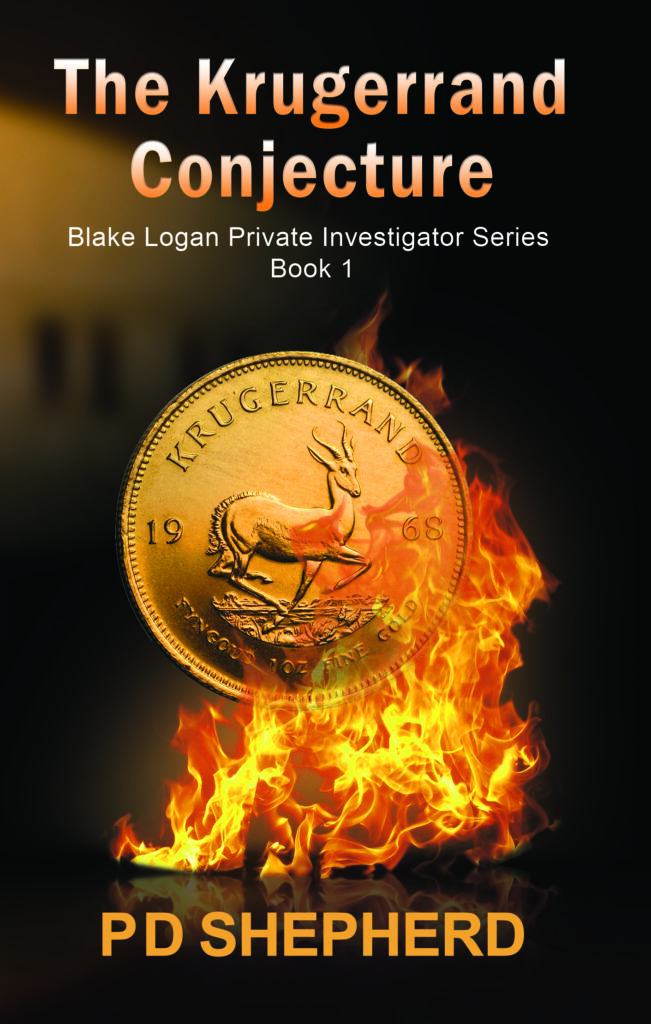The Art of Describing, Not Explaining: A Deeper Look into Show Don’t Tell
Introduction:
In the world of writing, the phrase “Show, Don’t Tell” is a familiar adage. It’s a mantra that writers hear from the moment they put pen to paper. However, like many well-intentioned pieces of advice, it’s often easier said than done. Many authors find themselves grappling with how to strike the right balance between showing and telling. In this blog post, we’ll delve into the subtleties of this advice and introduce a concept that can be even more effective: “Describe, Don’t Explain.”
The Challenge of “Show, Don’t Tell”:
“Show, Don’t Tell” encourages writers to immerse readers in a scene or character’s emotions by using descriptive language and sensory details. While this approach is undoubtedly effective in many situations, it’s not without its challenges. Writers often wonder:
How much should I show, and when is it appropriate to tell?
How can I avoid overloading my writing with excessive descriptions?
Is there a more nuanced way to convey emotions and experiences?
Introducing “Describe, Don’t Explain”:
“Describe, Don’t Explain” is an approach that goes hand in hand with “Show, Don’t Tell.” It encourages writers to focus on vividly describing a character’s experiences, emotions, and surroundings without explicitly explaining them. This allows readers to engage their own imaginations and draw their own conclusions, creating a more immersive reading experience.
Benefits of “Describe, Don’t Explain”:
Reader Engagement: By describing, rather than explaining, writers invite readers to actively participate in the story. Readers can interpret and feel the narrative more deeply because they aren’t being spoon-fed every detail.
Subtlety and Nuance: “Describe, Don’t Explain” allows for subtlety and nuance in storytelling. It’s an effective way to convey complex emotions, unspoken thoughts, and the intricacies of human behaviour.
Showcase Character Development: This technique can be particularly valuable in character-driven stories. By describing a character’s actions, body language, and interactions, readers can infer a lot about their personality and growth.
Maintaining Mystery: Writers can use this approach to keep readers intrigued and allow them to uncover the layers of a story or character gradually.
Examples of “Describe, Don’t Explain” in Action:
Instead of: “John was very anxious about his presentation.”
Try: “John’s palms sweated, and his heart raced as he shuffled through his note cards for the fifteenth time. His voice quivered ever so slightly as he greeted the expectant audience.”
Instead of: “The eerie silence unsettled her.”
Try: “The absence of sound weighed on her, like a thick fog of unanswered questions.”
Instead of: “She was deeply in love.”
Try: “Every time she looked into his eyes, her heart danced a waltz of emotions that defied description.”
Conclusion:
“Show, Don’t Tell” is a valuable concept, but it can be easy to misinterpret or overapply.
“Describe, Don’t Explain” offers a more subtle and engaging approach to storytelling. By allowing readers to participate in the narrative, it creates a deeper connection and a more immersive reading experience. So, the next time you sit down to write, consider letting your descriptions do the talking, and watch your writing come to life in a whole new way.








